Shimane Travel Guide – Discover Shrines, Nature, And Local Food

Shimane Prefecture is full of historic spots like Izumo Taisha Grand Shrine and the castle town of Matsue. The prefecture is also home to hot spring resorts and stunning views at Lake Shinji and the Oki Islands, like Dogo Island. Read to learn where to visit, how to get there, and what to eat.
Travel in Shimane Prefecture - Must-Visit Destinations
Shimane Prefecture is located in western Japan's Chugoku Region.
Izumo Taisha Shrine is a famous spot Shimane is known for in Japan. Since ancient times, Izumo Taisha Shrine was believed to be the shrine where all the deities from across Japan have an annual get-together. The shrines is known as a spot that grants luck and good fortune in love and relationships (en musubi (*1)).
Matsue, the capital of Shimane, is a castle town that has retained its traditional landscape and streets. The Adachi Museum of Art is also in Shimane. It is acclaimed for its many Japanese paintings and gardens; another must-visit spot is Lake Shinji, where delectable shijimi (Japanese blue clams) are found in abundance.
You’ll also be able to unwind at hot spring towns such as Tamatsukuri Onsen or Yunotsu Onsen near Matsue. The prefecture boasts many culinary specialties including seafood (particularly sea bass), Izumo soba, Shimane Wagyu beef, and Japanese sake.
On Dogo Island, part of the Oki Islands, take a boat to you see the sunset and sheer precipices created by the turbulent waters of the Sea of Japan.
Shimane is where you can revel in Japan’s historical architecture, culture, and nature. Read more to find out 10 spots you need to visit.
*1 En-musubi: the connection between people, especially fate and romantic relationships.
1. Izumo Taisha Shrine – A Nationally Revered Shrine

Kagura Hall. Photo by Pixta
Izumo Taisha Shrine (Izumo Grand Shrine) is the setting of a legend where Japanese deities have an annual get-together on the tenth month of the lunar calendar (around November in the Gregorian calendar). Constructed in 1744, its main hall is presently 24 meters high. It is thought that the main hall used to tower at a staggering 96 meters. Visitors cannot enter the main hall on a normal basis.
The large, sacred shimenawa (Shinto straw rope) laid across Kagura Hall, where traditional dances are performed, is also one of Japan’s largest at 13 meters in length and 5.2 tons in weight.
At typical Japanese shrines, the visitors make two bows, two claps, and then one more bow. However, at Izumo Taisha Shrine, the custom is two bows, four claps, and a third final bow (known as “nirei yonhakushu ichirei").

Warigo (a partitioned wooden lunchbox). Photo by Pixta
Izumo soba is a local dish that is topped with yakumi then directly eaten by pouring sauce over the noodle. These noodles have a darker appearance in comparison to standard Japanese soba. There are two versions: served cold in a red lacquerware warigo (above) container or in a warm bowl known as kamaage soba.
This dish is served at numerous restaurants around Izumo Taisha Shrine, so be sure to give it a try.
Hotels near Izumo Taisha
2. Adachi Museum of Art – A Collection of 1,500 Paintings and Ceramics

Picture from Adachi Museum Of Art, Shimane – See Japan’s Number One Ranked Gardens
The Adachi Museum of Art is where you can encounter the fine arts of Japan. The museum has an impressive collection of around 1,500 artworks, which include over 120 works by the master Japanese painter Taikan Yokoyama alongside ceramics by the potter Kanjiro Kawai, Rosanjin Kitaoji.
The elegant garden is also a must-see and has been awarded three stars from the Michelin Green Guide. The gardens continuously be rated number one in a Japanese garden ranking by the English publication “The Journal of Japanese Gardening,” for 16 consecutive years.
Hotels near Adachi Museum of Art
3. Matsue Castle – Take a Cruise Around the Moat

Photo by Pixta
Matsue Castle is a symbol of Matsue City. Constructed over 400 years ago, it was designated a National Treasure of Japan in 1935. It's also a famous site for cherry blossom viewing, with around 200 sakura trees in full bloom in spring.
There's also a popular tour that circles around the castle moat in a small boat. During the winter, the sightseeing boat is furnished with a kotatsu (*2).
*2 Kotatsu: a heating appliance that exudes electrical heat from the bottom of a low table placed on the floor or tatami mat that is covered with a futon.
4. Matsue – Shiomi Nawate Street and the Lafcadio Hearn Memorial Museum

Photo by Pixta
The historical pine-lined streets of Shiomi Nawate in this castle town extend near Matsue Castle. The streetscape here is full of remaining Edo period buildings that samurais lived in.
Nearby is a museum dedicated to Yakumo Koizumi (born Lafcadio Hearn), a British novelist who spent a period of his life in Matsue. Hearn is best known for works such as “Kaidan,” a book about Japanese ghosts and demons. You’ll find his treasured belongings on exhibit at the Lafcadio Hearn Memorial Museum.
5. Iwami Ginzan Silver Mine – A Registered World Heritage Site

Photo by Pixta
It is said that around the 16th and 17th centuries, Japan was responsible for one third of the world’s silver production. A large quantity of this silver was produced at the Iwami Ginzan Silver Mine.
At the time, silver was a vital product in trade between Asia and Europe. Fourteen locations in Shimane, including the Iwami Ginzan Silver Mine ruins and mining town, were recognized for their contribution to global trade and rich surrounding nature, resulting in their designation as UNESCO World Heritage Sites in 2007.

Photo by Pixta
At the site, there are also sightseeing spots such as the Iwami Ginzan World Heritage Center, where you can find historical documents and materials on silver mining, and Ryugenji Mabu, a tunnel used for chisel mining.
You can also make a key chain with chogin—large silver coins that were in circulation in Japan over 400 years ago—at the Iwami Ginzan World Heritage Center (the material used is not actual silver, but tin-bismuth alloy).
6. Yunotsu Onsen – A Retro Hot Spring Town

Photo by Pixta
Yunotsu Onsen is situated in a section of the Iwami Ginzan Silver Mine. It is a hot spring town similar to Tamatsukuri Onsen, has approximately 1,300 years of history, and has long been reputed as a tojiba (*3).
It has a nostalgic Taisho period-appearance from the early 20th century. There are wo public baths: Motoyu and Yakushiyu. Both can be visited on a day trip.
Renovated from Yakushiyu’s old building, Shinyu Café Kuranojo is also in the neighborhood. With a nostalgic interior and great coffee, it’s the perfect cafe to rest after a bath.
*3 Toji: to relieve illness or medical symptoms by soaking in a bath. Tojiba is a therapeutical hot spring where guests stay long-term with the purpose of taking baths for medical purposes.
7. Lake Shinji’s Beautiful Sunset

Photo by Pixta
Lake Shinji is a famous sunset spot close to Matsue. It is also the seventh-largest lake in Japan. From Torupa, a spot to enjoy the sunset, you can see the lake’s symbolic Yomega Island right before your eyes.
Walk for a little bit and you’ll find Sodeshi Jizo, a Buddhist statue that looks great in photographs. Try to capture a pair of Buddhist statues with Yomega Island and the sunset.

Photo by Pixta
Located on the east bank of the lake is the Shimane Art Museum. Here you can have your meal while admiring the sunset. The free-to-enter lobby faces out onto the lake and has walls covered entirely in glass, making it possible to gaze at the sunset while sitting on a sofa.
Lake Shinji is home to a rich variety of fish as it is a brackish lake, containing a mix of fresh water and seawater. The seven seafood found here are called “The Seven Delicacies of Lake Shinji”—namely, sea bass, greasyback prawn, eel, pond smelt, shijimi basket clams, carp, and Japanese icefish.
Sushi or seafood bowls topped with these catches from the lake can be eaten at Japanese restaurants in Matsue.
8. Tamatsukuri Onsen – One of Japan’s Oldest Hot Springs

Photo by Pixta
Tamatsukuri Onsen is said to be one of Japan’s oldest hot springs as indicated in records from 1,300 years ago. The components in its hot springs are considered to have a beautifying effect on the skin.
There are several footbaths inside the hot spring resort to soak your feet, making it easy to enjoy a hot spring without even taking off your clothes. However, if you would like to leisurely bathe, we recommend staying at a lodging. There are numerous accommodations with hot springs available. Consider Tamai Bekkan (starting at 10,000 yen per night; website in Japanese) or Hotel Gyokusen (starting at 10,000 yen per night).
You can also go to nearby Tamatsukuriyu Shrine, a spiritual spot that is thought to grant wishes, and Seiganji Temple, believed to bless you with beautiful skin. It is located about 30 minutes on foot from the hot spring town.
Hotels near Tamatsukuri Onsen
9. Tsuwano – The Remaining Sites of Underground Christians

Photo by Pixta
Tsuwano is where old, white-plaster-walled streets indicative of a castle town and culture still remain. Tonomachi Street, located at the center of town, is where samurai residences, the Catholic Church, and several other historical structures stand.

Photo by Pixta
Tsuwano is also known as a place where suppressed Christians in Nagasaki were banished then martyred. Historic sites like the Otometoge Saint Mary’s Chapel, built for Saint Mary and 36 martyrs, are also located in the Otome Pass behind Tsuwano Station.
Access to Tsuwano from Matsue is limited. It’s best to either travel to the town by train from JR Shin-Yamaguchi in adjacent Yamaguchi Prefecture, or take a long-distance bus from the Tokyo or Osaka areas.
10. Dogo, Oki Islands – Famous for Candle Island

Photo by Pixta
The Oki Islands are a group of 180 islands in various sizes north of Shimane. The largest is Dogo Island. A part of the islands, including Dogo, have been certified as UNESCO Global Geoparks for their beautiful landscapes and unique ecosystems.
On Dogo, you can enjoy the sheer precipices, created by erosion from the turbulent waters of the Sea of Japan, and impressive ocean view. The most famous is Candle Island, an unusually shaped rock that resembles a lit candle when the sunset overlaps with the island.
It’s also recommended to take a sightseeing taxi to visit the sights around the island like Tamawakasu-mikoto Shrine, the oldest shrine on the islands, and Cape Nagu for its picturesque scenery.
Sightseeing Taxi: http://www.oki-minato.co.jp/service2.html (Japanese)
15,900 yen and up (cost varies on car model and destination)
Shimane Food: Seafood, Shimane Wagyu Beef, and Japanese Sake

Photo by Pixta
On the coast of the Sea of Japan, Shimane Prefecture is abundant in nature and has delicious seafood, beef, and sake. Try seafood bowls and sushi made with fish caught in Lake Shinji and the Sea of Japan here. Wakatake Sushi in Tamatsukuri Onsen is known for serving large portions in their seafood bowls.
The carefully raised cattle in Shimane has delectable, rich taste. This beef is served at restaurants such as Yakiniku Manmaru and Yakiniku no Fujimasu near Izumo.
Shimane is also theorized to be the origin of Japanese sake. This is partly due to the fact that it is home to Izumo Taisha Shrine, the largest shrine in Japan, where sake is used in Shinto rituals. Oroku, Takemichi, and several other sakes are also available in the prefecture.
Access to Matsue

Photo by Pixta
From Tokyo or Osaka, you’ll have to travel by plane to Shimane Prefecture's Izumo Airport (Izumo Enmusubi Airport). Airport shuttle buses travel to JR Matsue Station from Izumo Airport.
It takes 85 minutes to fly from Narita to Izumo Airport and 45 minutes from Itami Airport in Osaka. It takes 30 minutes to travel from Izumo Airport to JR Matsue Station and will cost 1,030 yen for adults or 520 yen for children.
Airport Shuttle Bus: https://www.ichibata.co.jp/taxi-matsue/shuttle/ (Japanese)
Access to the Oki Islands
Take a plane or ferry when traveling to the outlying Oki Islands. The flight will take 30 minutes from Izumo Airport to the Oki Islands Global Geopark Airport and is priced at around 8,000 yen and up.
When boarding the ferry, take the bus or train from JR Matsue Station for about 15 – 30 minutes to either Sakaiminato Port or Shichirui Port. You will then travel by ferry for about two hours and 30 minutes to Saigo Port. The ferry fare starts at 3,240 yen per person.
Matsue Hotels
We recommend booking an accommodation in the Matsue area in central Shimane as the perfect starting point for sightseeing.
Business hotels such as the Matsue New Urban Hotel (starting at 7,100 yen per night), Hotel Ichibata (starting at 6,900 yen per night), and Naniwa Issui (starting at 8,000 yen per night) are some available options.
The hotels mentioned above are about ten minutes by taxi from JR Matsue Station.
Explore Shimane - Unique History, Nature, and Culture
Shimane is renowned for Izumo Taisha Shrine, Lake Shinji, and its castle towns. The hot spring towns of Tamatsukuri and Yunotsu Onsen along with its delicious seafood also make it a great destination to visit.
Spend time in Shimane and discover how much this charming prefecture has to offer.
Main image by Pixta
Web編集者・マーケッター。屋号は「TOG-GLE(トグル)」。秋田県生まれ。ベネッセコーポレーション、ゲーム会社を経て通信会社でカルチャーマガジンを立ち上げ編集長に。現在は関西在住。得意分野はインタビュー、メディアの立ち上げ・改善、お片付け、健康、禅、文学、漫画、映画、教育、日本史、デザインなど。



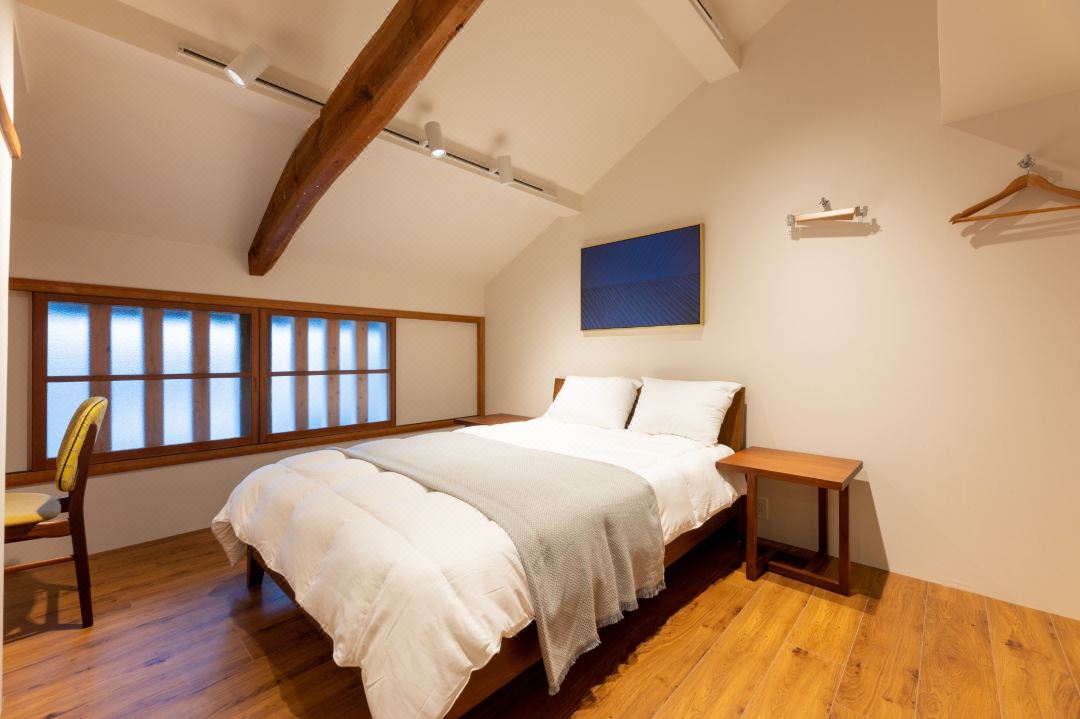

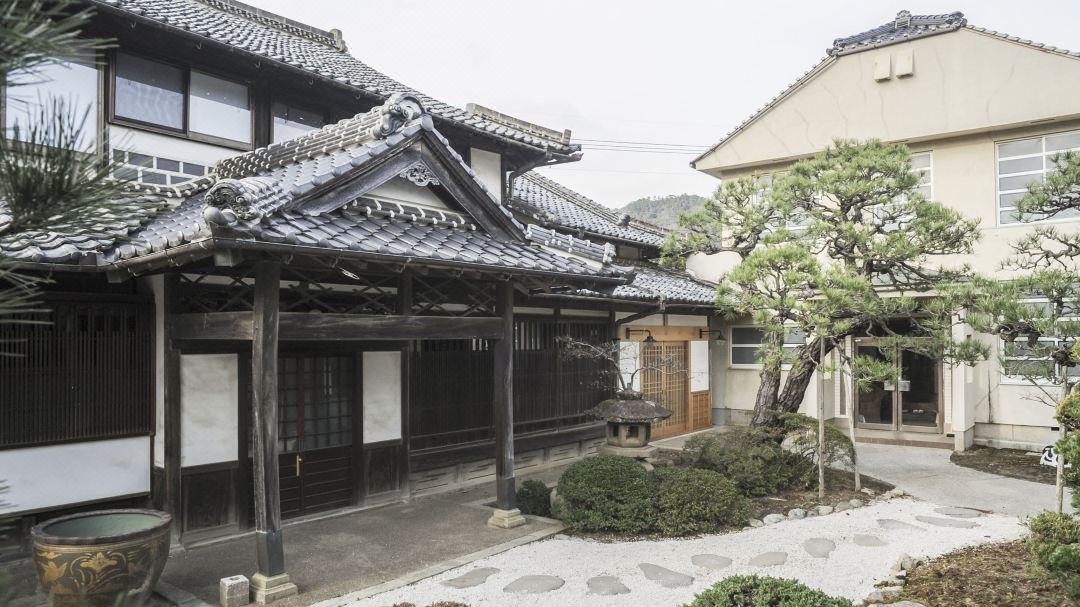
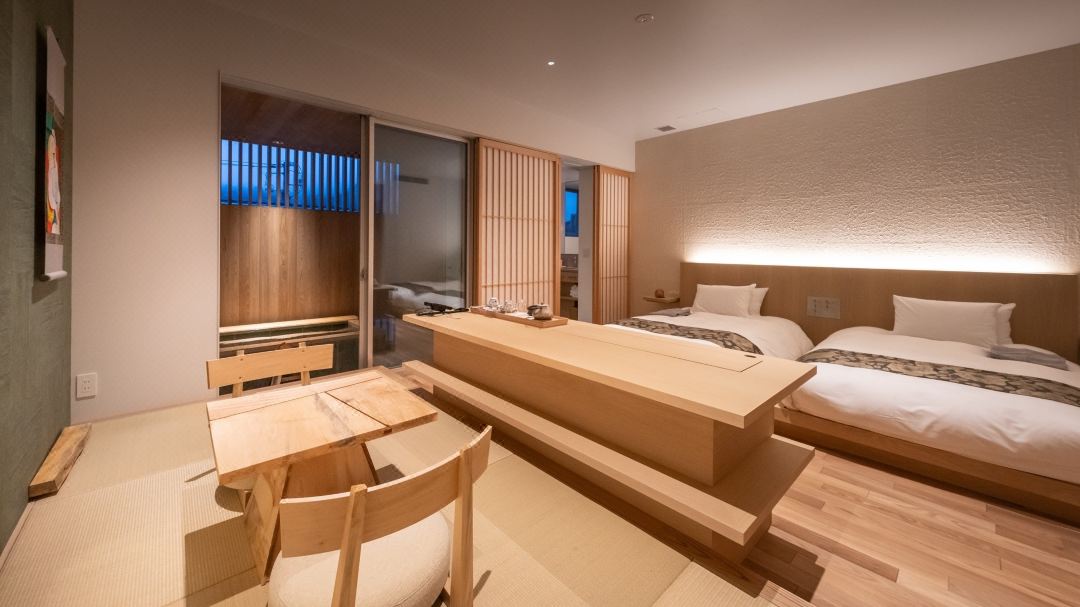








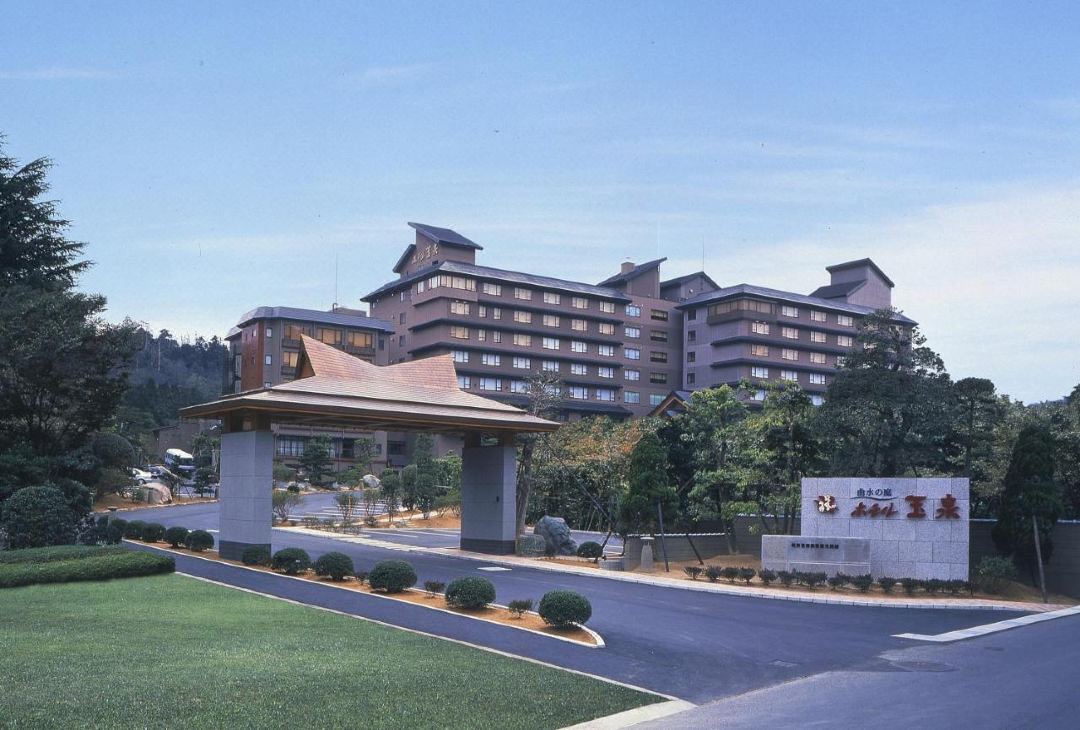

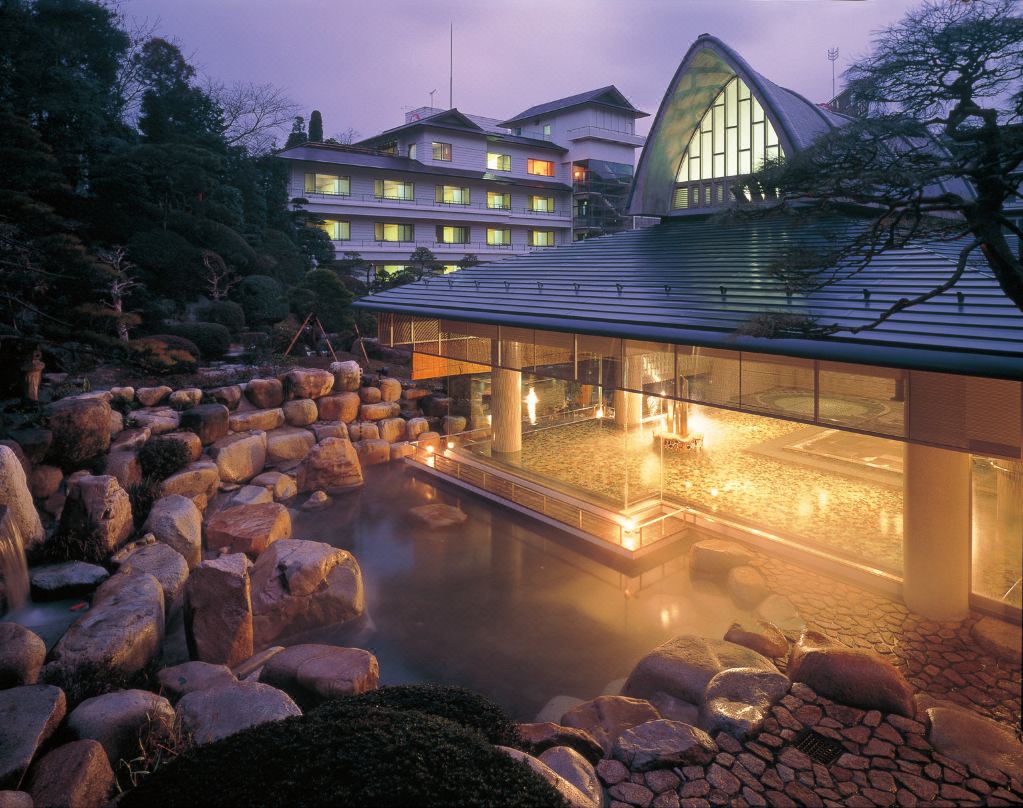







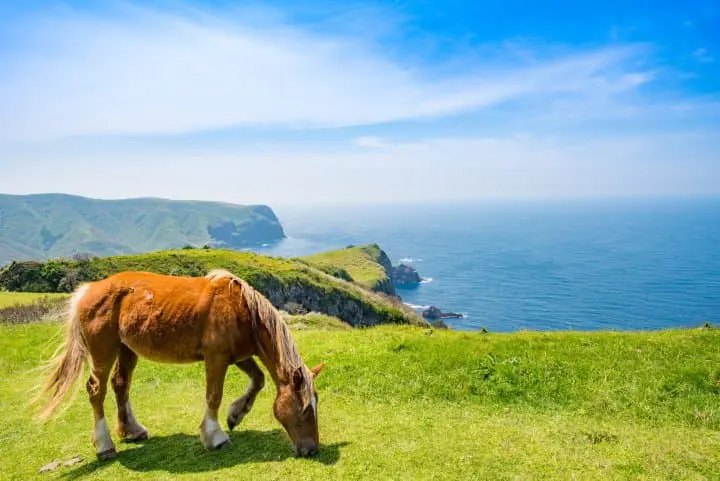



























![[2026] Top 5 Strawberry Picking Spots in Tokushima, Naruto| Farms and Access Guide for January to May](https://resources.matcha-jp.com/resize/720x2000/2025/03/06-227165.webp)



